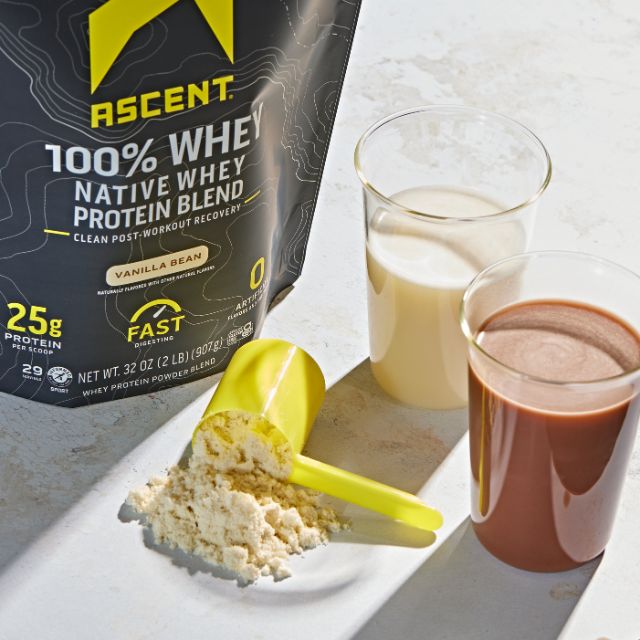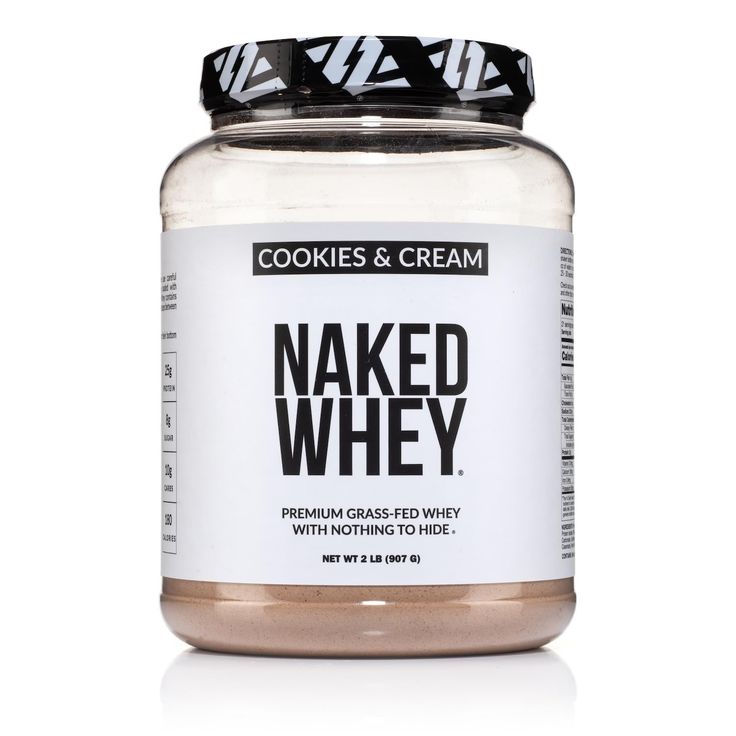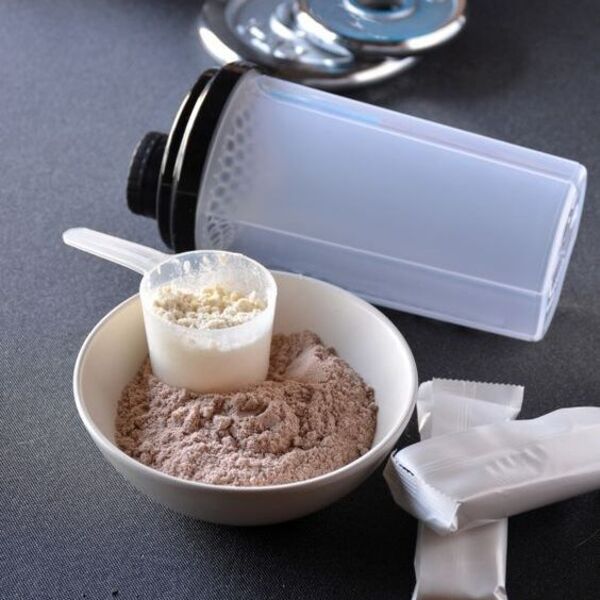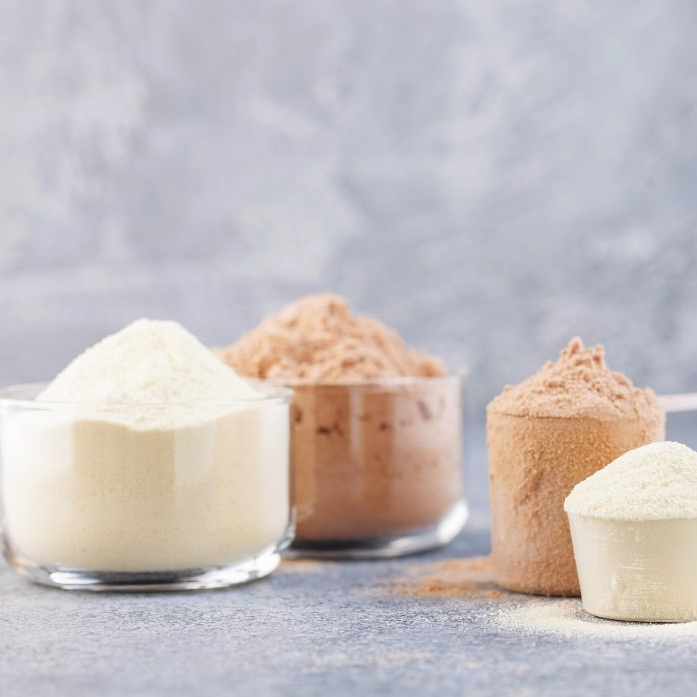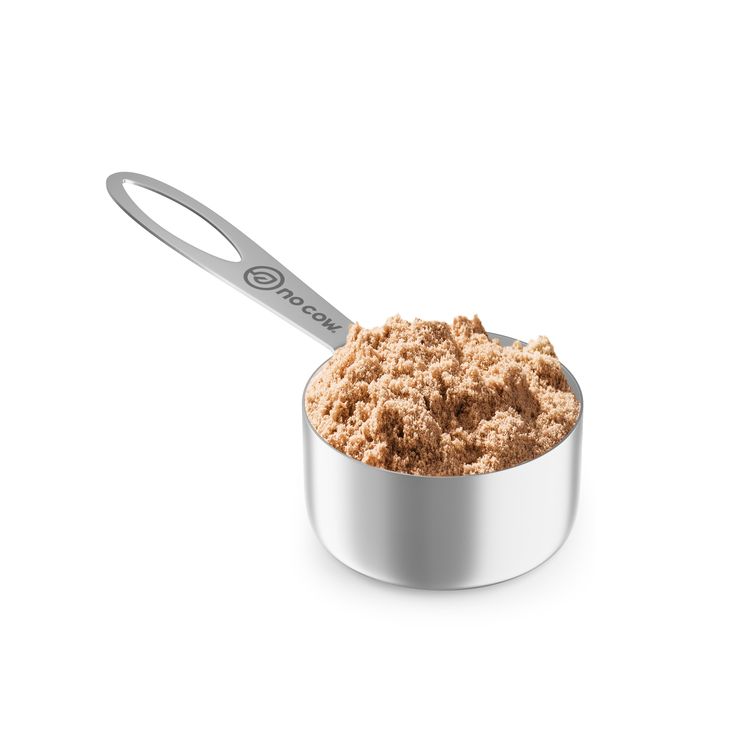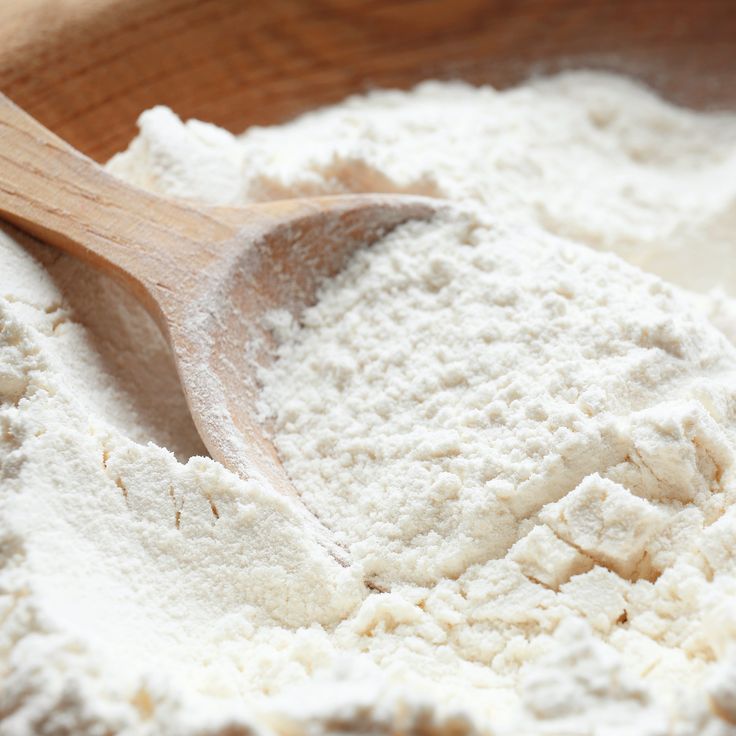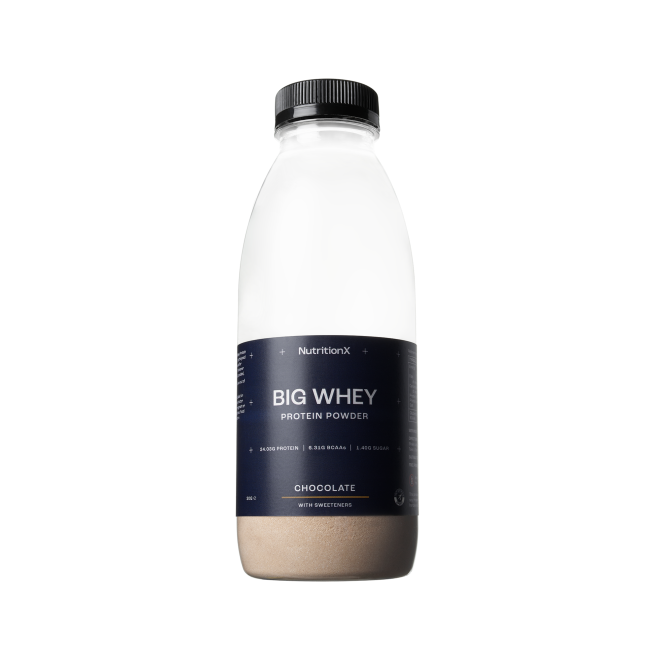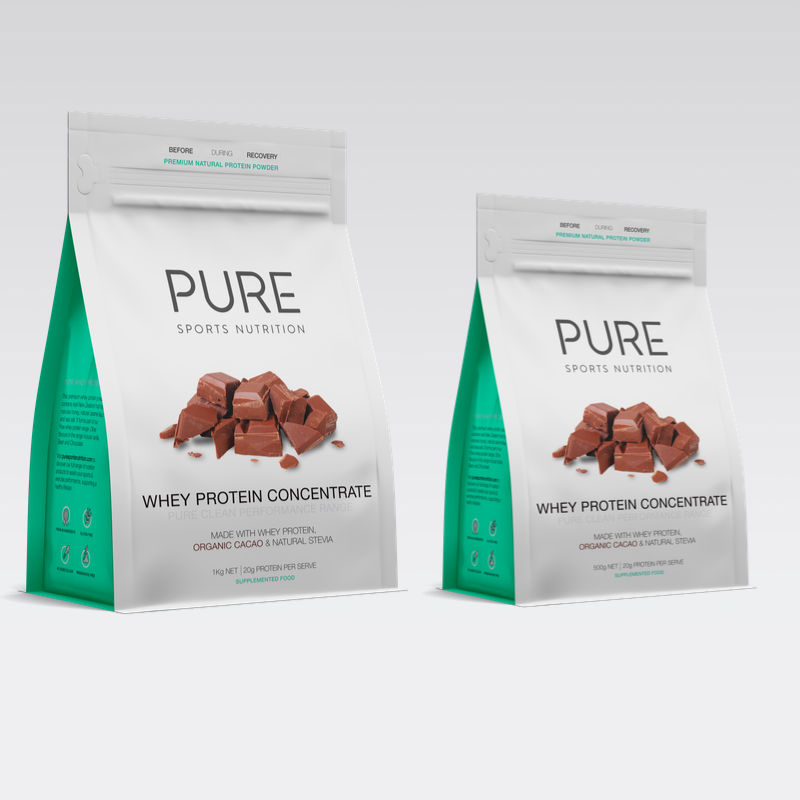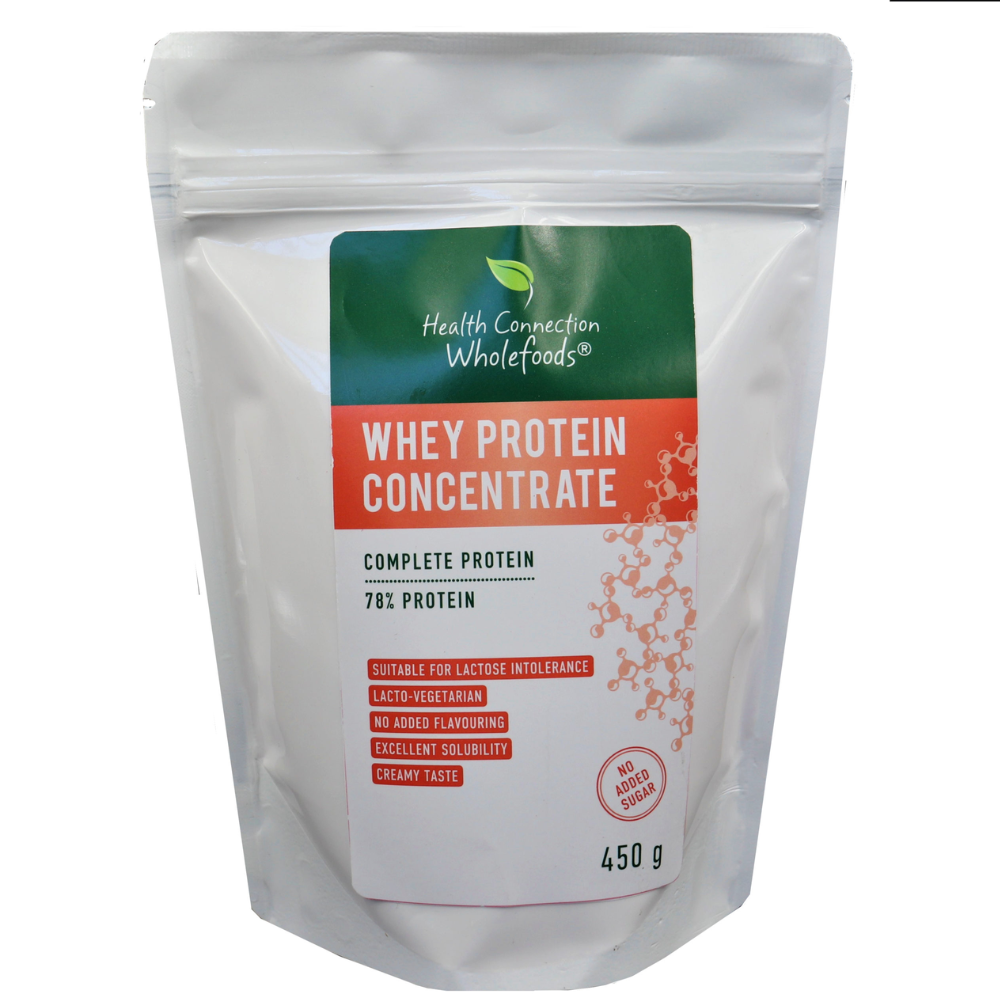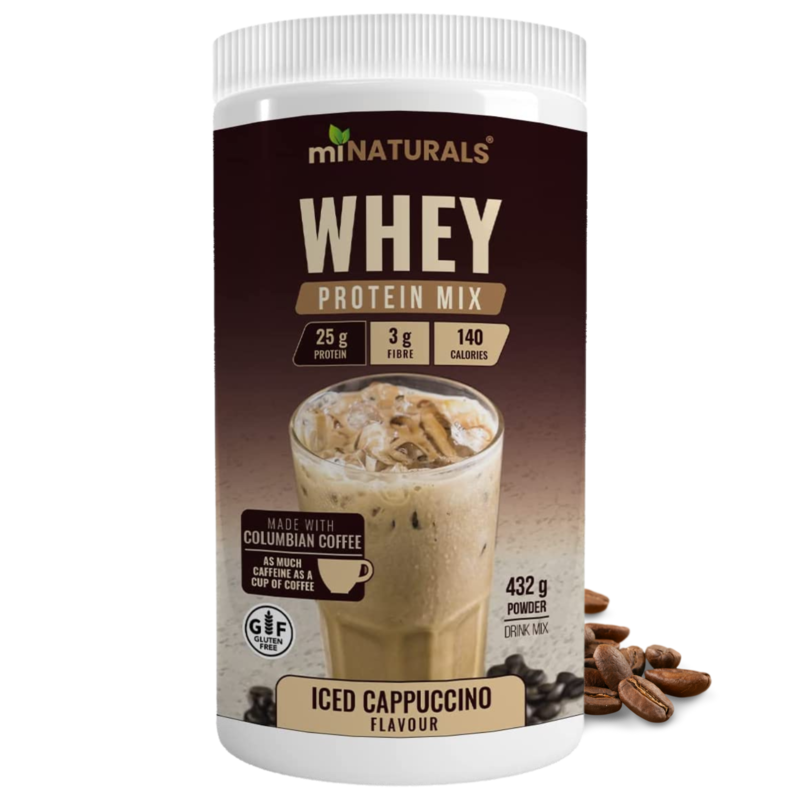Whey protein powder has gained immense popularity among fitness enthusiasts and health-conscious individuals alike. It serves as a versatile supplement to help meet daily protein requirements, aid recovery after workouts, and support muscle growth. However, for beginners, understanding how to use whey protein powder effectively can be daunting. This article will provide comprehensive guidance on how to use whey protein powder, ensuring that you maximize its benefits while making it an integral part of your diet.
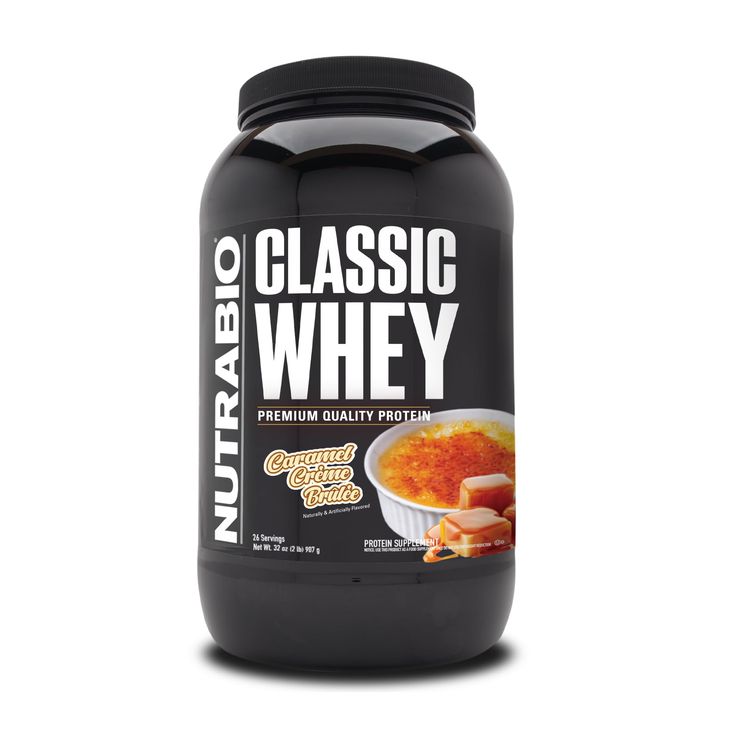
Understanding How to Use Whey Protein Powder in Your Diet
When considering how to use whey protein powder, it’s essential to incorporate it thoughtfully into your diet. Whey protein can be mixed into shakes, smoothies, or even baked goods, making it incredibly versatile. Beginners should start by determining their daily protein requirements based on activity level, age, and fitness goals. Generally, a daily protein intake of 1.2 to 2.2 grams of protein per kilogram of body weight is recommended for those involved in regular exercise. Once you’ve determined how much protein you need, you can easily calculate how much whey protein powder you should consume.
A common practice is to include whey protein in your post-workout routine to aid recovery. Mixing it with water or milk and consuming it within 30 minutes after exercising can enhance muscle repair and stimulate growth. It can also serve as a meal replacement if you are on-the-go or need a quick boost in nutrition. Incorporating whey protein into your meals can be as simple as adding a scoop to your morning oatmeal or a smoothie bowl. Thus, learning how to use whey protein powder in your diet not only supports your fitness journey but also helps you maintain a balanced nutrition profile.
Best Practices for Mixing Protein Powder
Knowing how to use whey protein powder effectively includes mastering the mixing techniques. The right method can ensure a smooth, lump-free shake that is enjoyable to consume. Start with your preferred liquid base, such as water, milk, almond milk, or a dairy-free alternative. It’s essential to pour the liquid into your blender or shaker bottle first; this helps prevent clumping. Next, add the desired scoop of whey protein powder—typically one scoop (about 25g to 30g) is sufficient for most individuals.
Begin blending or shaking at a low speed, gradually increasing to avoid spillage. If you are using a shaker, shake vigorously for about 30 seconds until the powder is fully dissolved. For those who prefer to blend, you can also add fruits, vegetables, or nut butter for added flavor and nutrition. Understanding how to use whey protein powder effectively through proper mixing will enhance your experience, making the supplement more palatable and enjoyable.
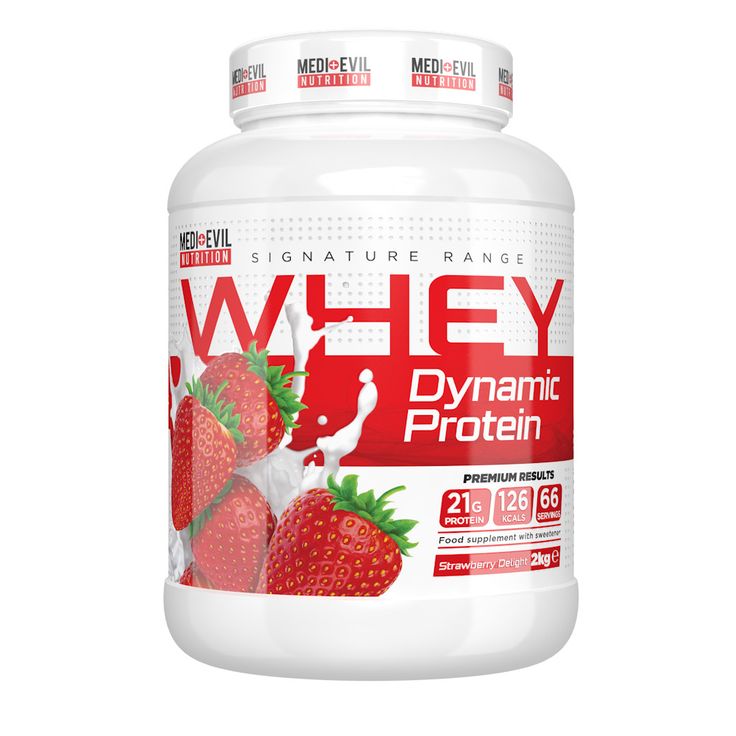
Incorporating Whey Protein Powder into Smoothies
Smoothies are an excellent way to learn how to use whey protein powder creatively. They allow you to combine various fruits, vegetables, and other nutritious ingredients, making them a nutrient-dense meal option. Start by selecting your base, such as spinach or kale for greens, combined with fruits like bananas, berries, or mangoes for sweetness. Adding a scoop of whey protein powder not only boosts the protein content but also enriches the texture of the smoothie.
Blend together your chosen fruits and vegetables with a liquid of your choice, such as coconut water, juice, or plant-based milk. After everything is well-blended, add your whey protein powder and blend until smooth. This method ensures that you’re not just getting protein but also essential vitamins and minerals from the other ingredients. Remember, experimenting with flavors and textures can help you find a combination you truly enjoy, making it easier to maintain your protein intake.
Baking with Whey Protein Powder
Baking with Whey Protein Powder is an innovative and effective way to enhance your diet while indulging in delicious treats. Here are some key points to consider:
- Boost Protein Content: Incorporating whey protein powder into your baked goods significantly increases their protein content. This is particularly beneficial for those looking to build muscle, maintain energy, or support weight management.
- Versatile Ingredient: Whey protein powder can be added to a variety of baked items, including pancakes, muffins, cookies, and bread. This versatility allows you to create protein-rich versions of your favorite recipes.
- Substitution Guidelines: When adapting your favorite recipes, a common guideline is to replace part of the flour with whey protein powder. For every cup of flour, using about 1/4 to 1/2 cup of whey protein powder usually yields the best results without compromising the texture of the baked goods.
- Easy Recipe Example: For instance, when making pancakes, simply combine your usual ingredients—flour, baking powder, milk, and eggs—with a scoop of whey protein powder. This not only boosts protein but also enhances the flavor profile, resulting in a delicious and nutritious breakfast.
- Beginner-Friendly: Baking with whey protein is an excellent method for beginners to familiarize themselves with the ingredient. It allows them to enjoy a variety of foods while staying aligned with their dietary goals, making healthy eating more enjoyable.
By integrating whey protein powder into your baking routine, you can craft delectable treats that contribute to a balanced, protein-rich diet.
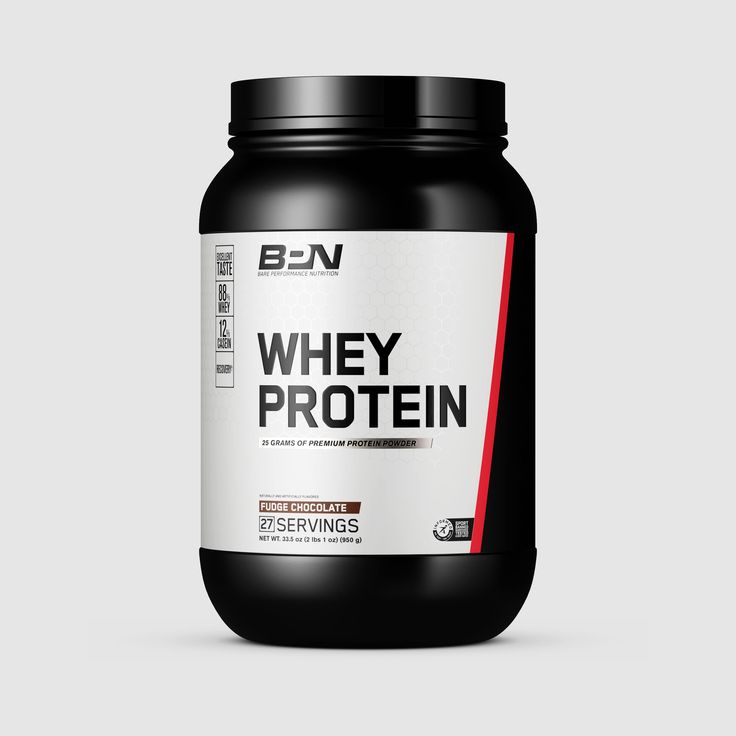
Timing Your Whey Protein Consumption
To maximize the effectiveness of whey protein powder, it’s crucial to understand when to consume it. One popular method is to take it shortly after workouts. The post-workout window is a prime time for your body to absorb protein, helping with recovery and muscle synthesis. Other optimal times include in the morning, after waking up, and before bedtime, depending on your specific goals.
For those looking to enhance muscle gains, consuming whey protein before or after workouts can provide a quick source of amino acids. This practice aids in muscle recovery and helps maintain a positive nitrogen balance, essential for muscle growth. As you discover how to use whey protein powder, consider timing your intake around your workouts or when you need a boost of protein throughout the day.
Common Mistakes to Avoid When Using
Understanding how to use whey protein powder means being aware of common pitfalls. One of the most significant mistakes beginners make is overconsuming protein. While it’s essential to meet your protein needs, excessive intake can strain your kidneys and lead to dehydration. It’s advisable to monitor how much protein you consume from all dietary sources, including food and supplements.
Another common mistake is not considering ingredient quality. Opt for high-quality whey protein, ideally sourced from grass-fed cows, as this can ensure better amino acid profiles and greater health benefits. Lastly, some people fail to incorporate variety into their diets when relying too much on protein powder. Remember, it’s essential to consume a balanced diet that includes a variety of food sources. Avoiding these mistakes will help you get the most out of your whey protein and support your fitness goals effectively.
Conclusion
In conclusion, learning how to use whey protein powder can significantly enhance your health and fitness regimen. From determining daily protein needs to mastering mixing techniques, smoothies, and baking, leveraging this supplement can provide immense benefits. Timing your consumption and avoiding common mistakes will help you see optimal results and make whey protein a valuable addition to your nutrition. Whether you seek muscle gain, recovery, or simply a convenient protein source, understanding how to use whey protein powder effectively will empower you on your fitness journey. Embrace the flexibility and adaptability of this remarkable product and enjoy the journey to achieving your health goals!
